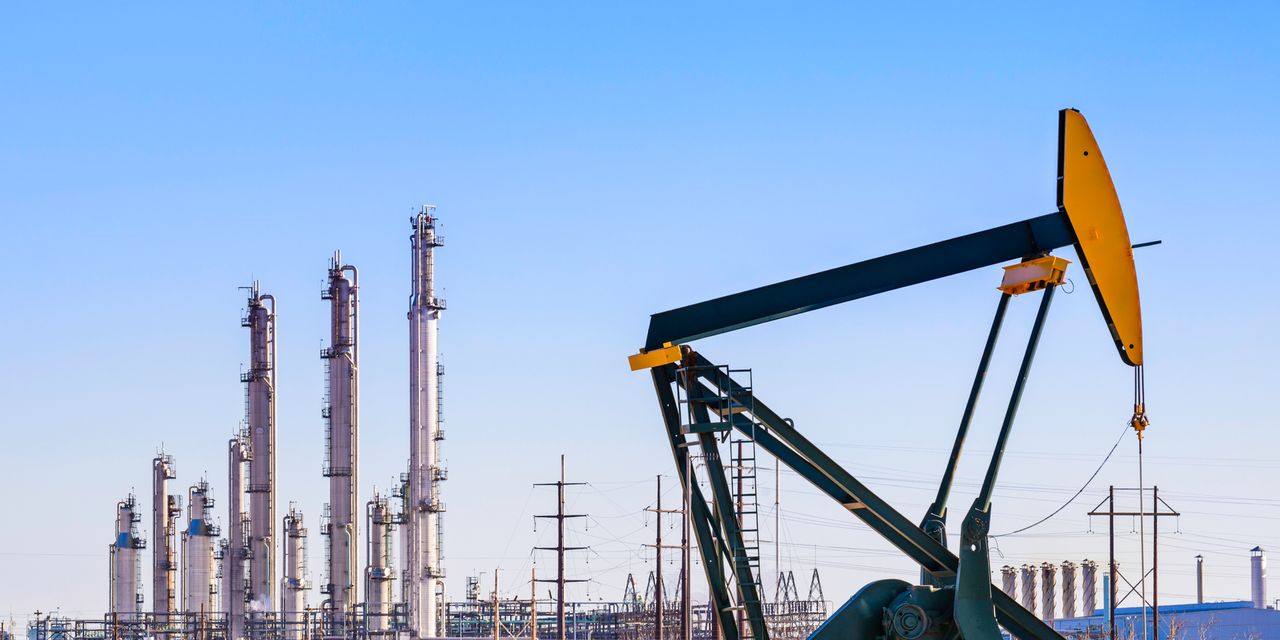Oil futures fell Wednesday, extending a retreat that took crude to its lowest close since late July in the previous session as worries over the outlook for demand continued to weigh.
Price action
-
West Texas Intermediate crude
CL00,
-0.90%
for December delivery
CL.1,
-0.90% CLZ23,
-0.90%
fell 59 cents, or 0.8%, to $76.78 a barrel on the New York Mercantile Exchange. -
January Brent crude
BRN00,
-0.85% BRNF24,
-0.85% ,
the global benchmark, dropped 58 cents, or 0.7%, to $81.03 a barrel on ICE Futures Europe. -
Back on Nymex, December gasoline fell 0.3% to $2.162 a gallon, while December heating oil
HOZ23,
-1.68%
wad down 0.9% at $2.813 a gallon. -
December natural gas
NGZ23,
-0.25%
was down 0.6% at $3.122 a gallon.
Market drivers
Crude oil prices fell sharply Tuesday, with both WTI and Brent ending at their lowest since July 21 after a round of disappointing China economic data that raised questions about demand from the world’s largest oil consumer.
See: Why oil prices just dropped to their lowest since July
It feels as if “the path of least resistance is down, with the next support for the front-month WTI contract coming in around $75 per barrel,” said David Morrison, senior market analyst at Trade Nation, in a note.
“Having said that, oil is looking oversold at current levels, so the possibility of a bounce can’t be ruled out. Demand issues continue to be the driver of price, with concerns about economic weakness across China, the Eurozone and possibly the U.S. as well, all adding to downside pressure,” he wrote.
It isn’t all about demand. Supply concerns have also played a role as fears of a broadening of the Israel-Hamas war have faded, allowing crude to more than take back the risk premium built into prices after the Oct. 7 Hamas attack on southern Israel.
Russian seaborne crude oil exports have grown in recent months, which suggests that Russia is not sticking to its additional voluntary cut, said Warren Patterson and Ewa Manthey, commodity strategists at ING, in a note.
The weakness is “likely to lead to growing noise from OPEC+ and in particular from Saudi Arabia,” they said.
While Saudi Arabia and Russia confirmed that they would continue with their additional voluntary cuts through until the year-end, “it is increasingly likely that they will extend this into the new year if this downward pressure continues,” Patterson and Manthey wrote.
Read the full article here










